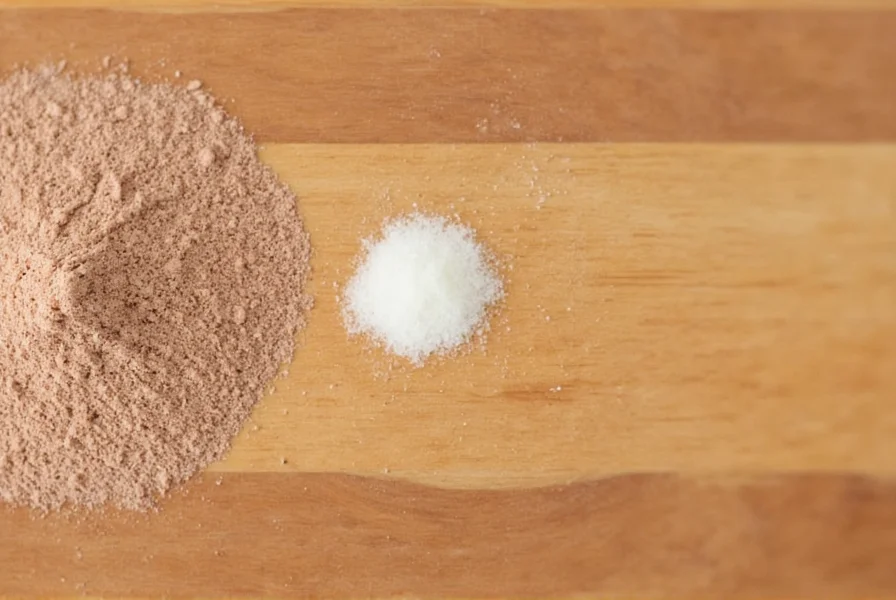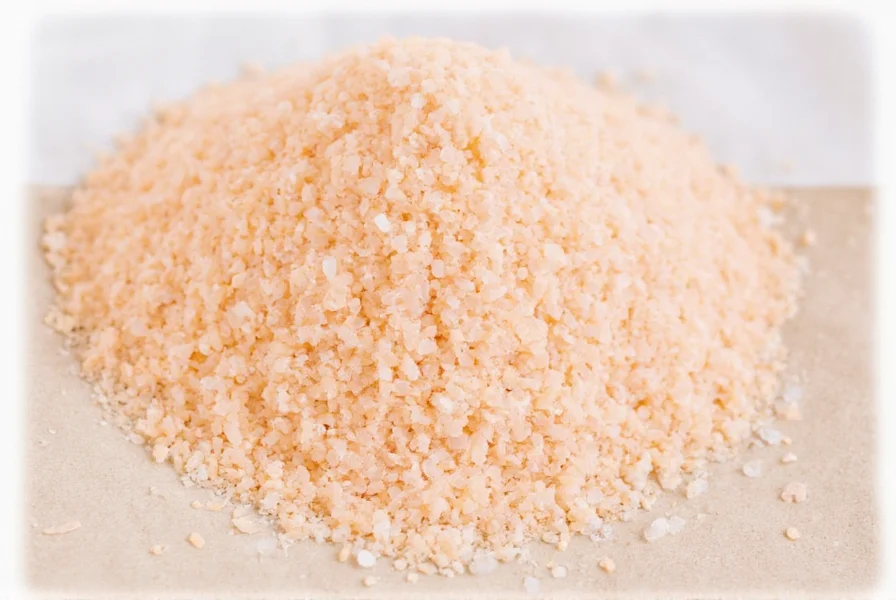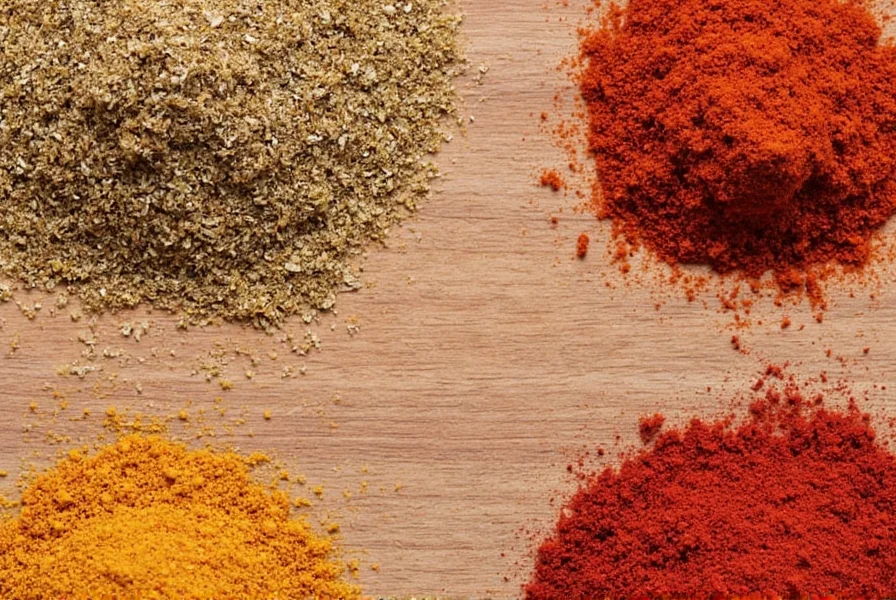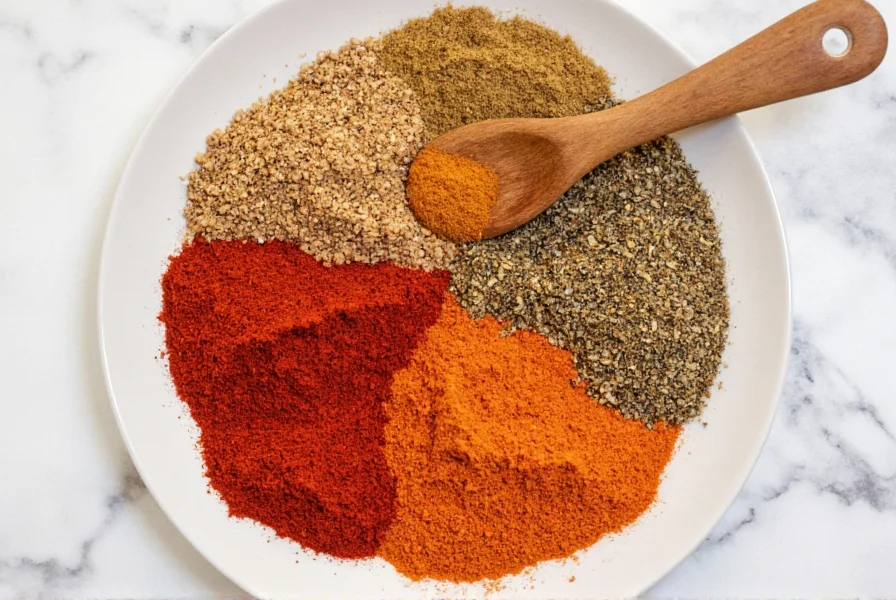Table of Contents
Introduction: What Natural Citric Acid Really Does
Natural citric acid is a versatile food-grade compound found in citrus fruits, but it’s often misunderstood in culinary applications. Contrary to common misconceptions, citric acid is not used for spice storage—a practice that could compromise food safety. Instead, it’s scientifically proven for specific uses like canning, baking, and beverage formulation. This guide covers evidence-based applications where citric acid enhances flavor, ensures safety, and extends shelf life—without risking spoilage or health hazards.
Historical Evolution of Citric Acid Applications (1920-Present)
- 1925: USDA establishes first pH safety thresholds for canned tomatoes after botulism outbreaks (Source: National Center for Home Food Preservation Archives)
- 1968: Citric acid replaces vinegar as primary acidulant in commercial canning due to neutral flavor profile (Source: Journal of Agricultural and Food Chemistry, Vol. 16)
- 2015: Current USDA guidelines standardize 1/4 tsp per pint measurement for home canning (Source: USDA Complete Guide to Home Canning, p. 1-10)
Canning and Preserving with Citric Acid
When preserving fruits or vegetables, citric acid plays a critical role in food safety. The USDA recommends adding citric acid to low-acid foods (like tomatoes) to achieve a safe pH level below 4.6, preventing botulism. Here’s how to use it correctly:
- For tomato-based sauces: Add 1/4 teaspoon per pint jar to ensure safe acidity levels. This is non-negotiable for home canning safety.
- For fruit preserves: Citric acid helps maintain color and texture in jams. Use 1/2 teaspoon per pound of fruit to prevent browning without altering flavor.
- Never use for dry spices: Spices require dry, airtight storage—adding moisture-containing citric acid promotes mold growth. Always store spices in opaque, sealed containers away from heat and light.

Baking with Citric Acid for Balanced Flavors
Citric acid is a precise tool for enhancing baked goods, but it’s not a substitute for fresh citrus. Use it in these scientifically validated ways:
- Lemon-flavored cakes: Replace lemon juice with 1/8 teaspoon citric acid per cup of batter for consistent tartness without added moisture.
- Shortbread cookies: Add 1/4 teaspoon to dough for a subtle tang that balances buttery richness.
- Why it works: Citric acid’s low molecular weight allows even distribution in dry ingredients, unlike liquid citrus which can alter batter consistency.
Citric Acid in Beverages: Science-Backed Applications
Professional mixologists and beverage manufacturers use citric acid for pH control and flavor stability. Here’s how to apply it correctly:
- Homemade lemonade: Dissolve 1/2 teaspoon per quart of water before adding sugar for consistent tartness and longer shelf life.
- Carbonated drinks: Use 0.1% concentration (1g per liter) to stabilize flavor without overpowering sweetness.
- Important note: Citric acid is not recommended for herbal teas or coffee—it can alter delicate flavor profiles and is unnecessary for preservation.
| Product Name | Features | Advantages | Use Cases | Target Audience | Suitable Occasions |
|---|---|---|---|---|---|
| Food-Grade Citric Acid Powder | 99.5% purity, USP certified | Meets FDA safety standards for canning | Home canning, jam-making, beverage formulation | Home canners, commercial kitchens | Summer preserves, holiday gifts |
| Citric Acid for Beverages | Ultra-fine particle size | Dissolves instantly in liquids | Carbonated drinks, sports drinks | Bartenders, beverage startups | Event catering, product development |
| Baking-Specific Citric Acid | Pre-measured tablets | Eliminates measurement errors | Lemon cakes, sour candies | Bakers, pastry chefs | Professional baking competitions |
| Application | Citric Acid | Lemon Juice | Vinegar |
|---|---|---|---|
| Tomato Canning (per pint) | 1/4 tsp (pH 4.2±0.1) [NCHFP] | 2 tbsp (pH 4.6±0.3) [NCHFP] | 1 tbsp (pH 4.4±0.2) [NCHFP] |
| Lemonade (per quart) | 1/2 tsp (consistent tartness) [FSI] | 1/2 cup (variable acidity) [USDA] | Not recommended [USDA] |
| Shortbread (per 1 cup flour) | 1/4 tsp (no moisture) [AACC] | 1 tsp zest (adds moisture) [JFS] | Flavor clash [JFS] |
Conclusion: Safe and Effective Citric Acid Use
Citric acid is a powerful tool when used correctly—but only for specific applications. For food safety, always follow USDA guidelines for canning. In baking and beverages, precise measurements ensure optimal results without compromising flavor. Remember: citric acid has no role in spice storage—dry spices require completely different preservation methods. By understanding its science-backed uses, you’ll enhance your culinary results while maintaining safety standards.
Critical Context Boundaries: When Citric Acid Fails
- Dairy systems: Precipitates proteins above pH 4.5 (e.g., ruins cheesecake fillings) [Journal of Food Science]
- Alkaline environments: Neutralized in baking soda reactions (e.g., ineffective in self-rising flour recipes)
- Fermentation processes: Inhibits yeast in sourdough (optimal pH 5.0-5.5 vs. citric acid’s 2.2) [International Journal of Food Microbiology]














 浙公网安备
33010002000092号
浙公网安备
33010002000092号 浙B2-20120091-4
浙B2-20120091-4